The Myth of Planet Phaeton: Debunking the Legend of the Asteroid Belt
Written on
Chapter 1: The Origins of Phaeton
In the 17th century, the astronomer Johannes Kepler proposed the idea of a planet named Phaeton existing between Mars and Jupiter. This notion was further supported by the Titius-Bode law, which successfully predicted the orbits of the planets in our Solar System. However, extensive searches over the years yielded no results for Phaeton, leading instead to the discovery of the asteroid belt and a flurry of pseudoscientific theories.
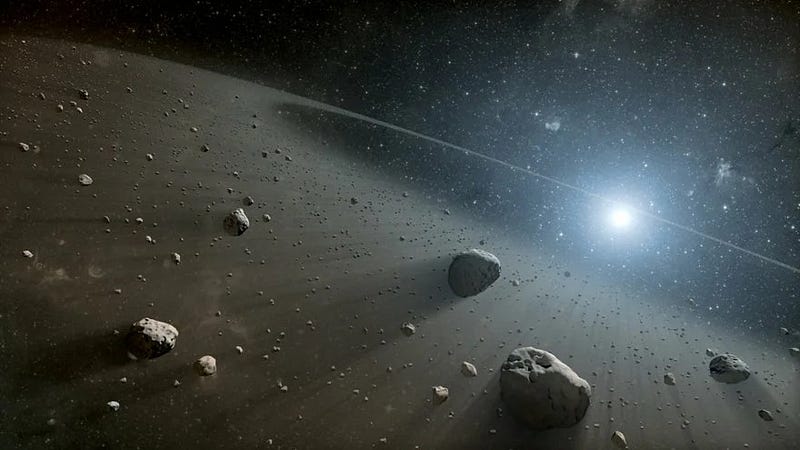
Today, we will explore three key arguments that suggest Phaeton could not have existed in the area occupied by the asteroid belt.
Section 1.1: First Argument
The principles of celestial mechanics indicate that the remnants of a planet should follow the same orbit as the original body. Nevertheless, research into the asteroid belt reveals that its total mass is merely 4% of that of the Moon. This quantity is insufficient to support the existence of a planet.
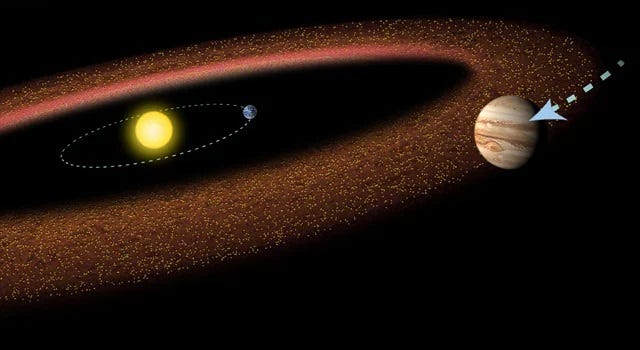
Asteroids within the main belt do not orbit the Sun in a cohesive manner as one would expect if they had once been part of a single entity. Instead, they are widely dispersed, covering a range from Earth to the Sun. Astrophysicists have also modeled the dispersal of debris following a potential planetary explosion, and the outcomes do not align with the current distribution of asteroids. Furthermore, simulations of asteroid behavior over the last billion years indicate that they have never coalesced into a singular body, maintaining a consistent total mass.
Section 1.2: Second Argument
While planets can be fragile, known mechanisms for their destruction primarily apply during the early stages of the Solar System's development.
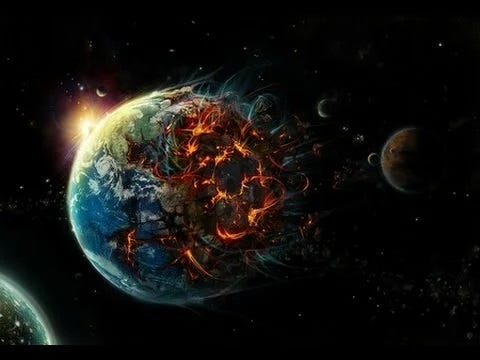
The notion of a planet disintegrating after billions of years of stability contradicts current scientific understanding, even with advanced technology. Unless we are discussing a distant galaxy, and as far as I recall, constructing a Death Star was necessary for such an event.
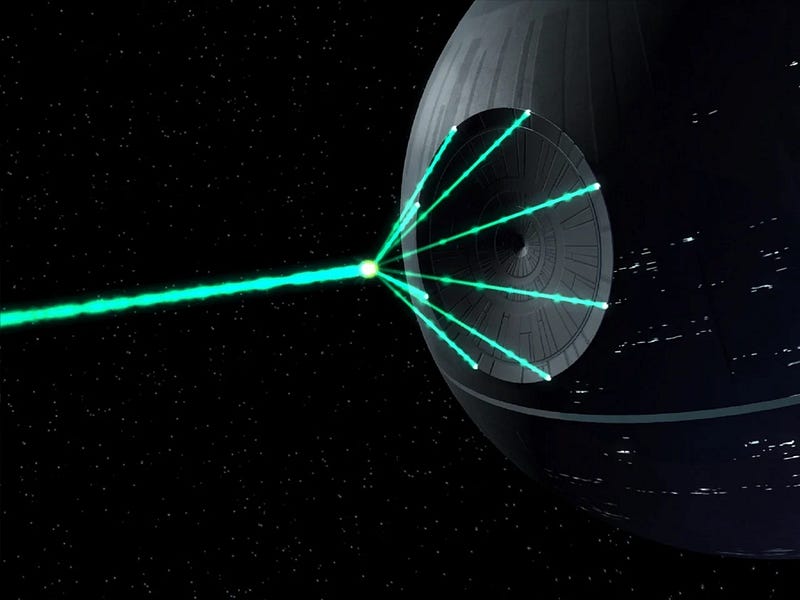
Section 1.3: Third Argument
The asteroid belt aligns perfectly with a model suggesting that planetesimals existed in its location during the formation of the Solar System. These planetesimals failed to form into a planet due to the gravitational forces exerted by Jupiter and, to a lesser extent, other giant planets. As the Solar System evolved, materials further from the Sun experienced lower temperatures and altered chemical compositions.
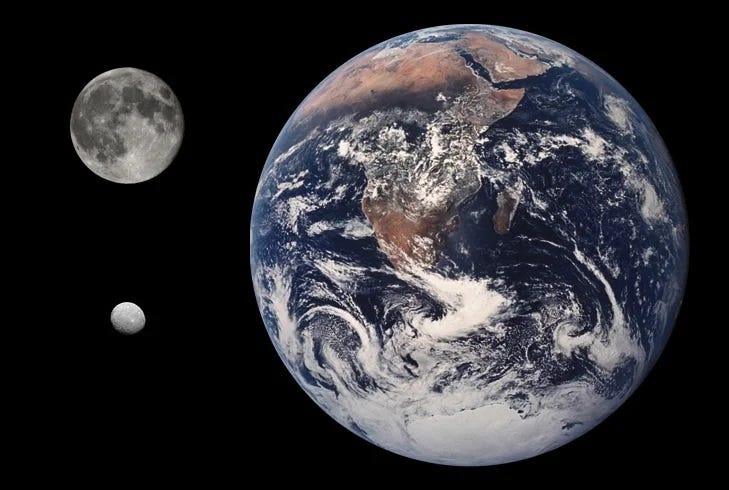
The region where the main asteroid belt developed was near the threshold of volatile compound condensation, which was essential for planetesimal formation. Jupiter's gravity caused these planetesimals to scatter, leading to collisions and eventual destruction. Consequently, a significant portion of the material was expelled from the belt, with about 99.9% being directed towards the outer Solar System or the inner planets.
Clap if you want to see more articles about space in your feed!
Subscribe to our channel and feel free to ask questions that I will address in future articles.
If you appreciate my work, consider supporting me by becoming a Medium member for just $5 a month, which will help us produce even better content.
Chapter 2: The Phaeton Debate
Was There a Planet Called PHAETON Between Jupiter and Mars? - YouTube
This video explores the historical context and scientific inquiries regarding the supposed existence of the planet Phaeton.
The Enigmatic Planet Between Mars And Jupiter That Created The Asteroid Belt - YouTube
In this video, we delve into the theories surrounding the asteroid belt and the role Phaeton might have played in its formation.